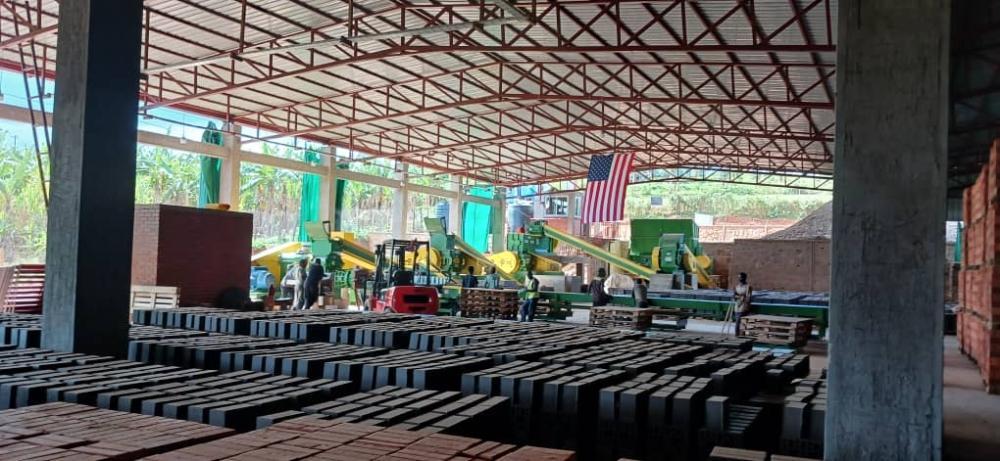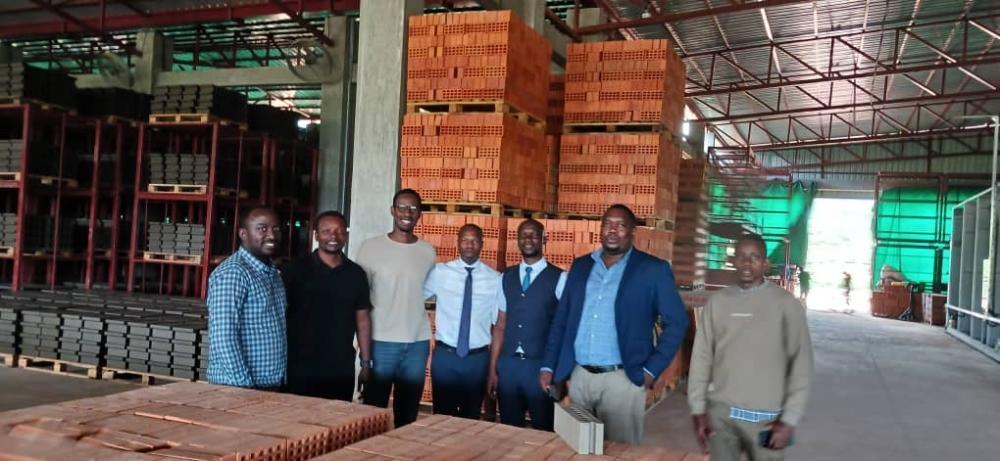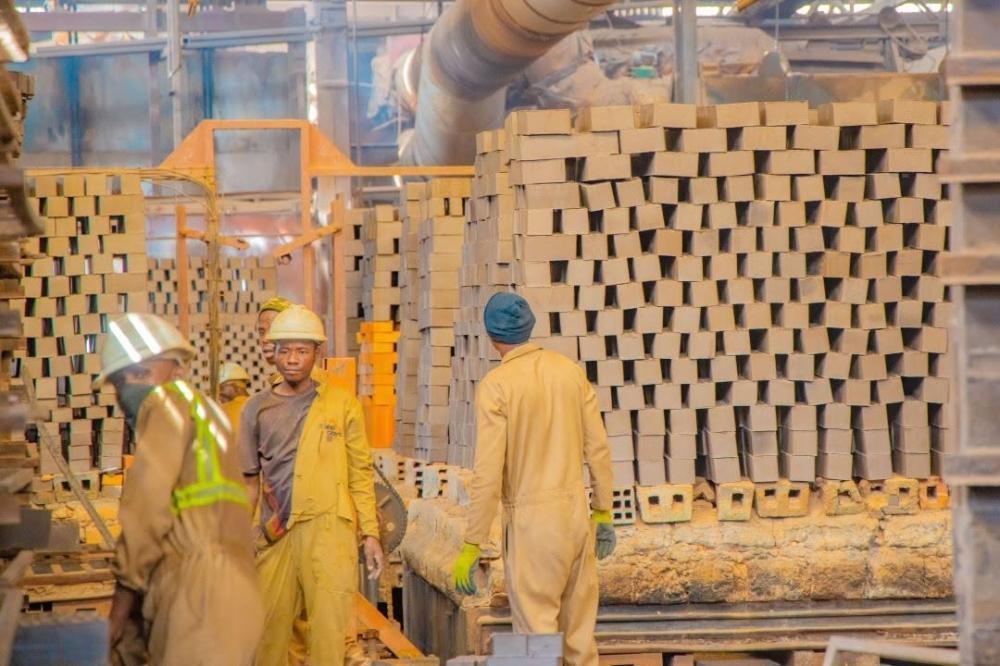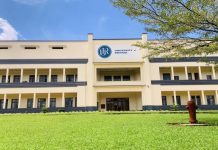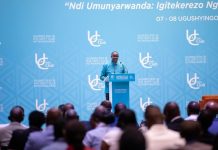Africa-Press – Rwanda. Rwanda plans to establish a model eco-park for clay products in Rwamagana District, as part of efforts to promote sustainable construction and reduce reliance on imported building materials, according to officials.
The park set to be established – in Gahengeri Sector – through a collaborative effort between the Ministry of Trade and Industry (MINICOM), the National Industrial Research and Development Agency (NIRDA), and the Swiss Agency for Development and Cooperation, will span 45.7 hectares, Christian Sekomo Birame, the Director General of NIRDA, told The New Times. It will be developed in three phases.
“The first phase will cover 17.9 hectares and is scheduled to begin in July 2025, with completion expected by 2028,” Sekomo said, saying the second phase, covering 15.4 hectares, would commence in 2028 and conclude in 2030, while the third and final phase, 12.4 hectares, would run from 2030 to 2032.
The government will construct essential infrastructure, including roads and utilities, while private investors will establish the factories. Due to this approach, Sekomo said, it is difficult to estimate the total investment value of the eco-park at this stage. The government plans to inject between Rwf4 billion and Rwf6 billion into the development of basic infrastructure.
“Investors will subsequently establish industries aligned with the eco-park’s mission of environmental protection.”
He explained that at present, the country has a significant shortage of construction materials including clay-based products.
“It can take between three to six months to receive an order for clay bricks due to the overwhelming demand,” he said. The eco-park is expected to contribute not only to improved clay collection but also to sustainable land management.
“Wherever clay is extracted, we intend to restore the mining sites,” Sekomo explained.
He stated that sites not suitable for restoration would be repurposed. “Some may be converted into fish ponds or other environmentally friendly uses to support conservation technology.”
“We plan to replant indigenous tree species at risk of extinction as part of our broader commitment to environmental protection in the eco-industrial park,” he said.
The park set to be established – in Gahengeri Sector – through a collaborative effort between the Ministry of Trade and Industry (MINICOM), the National Industrial Research and Development Agency (NIRDA), and the Swiss Agency for Development and Cooperation, will span 45.7 hectares
Rwanda plans to establish a model eco-park for clay products in Gahengeri Sector of Rwamagana District. Courtesy.
Hundreds of jobs are anticipated to be created, not only within the companies operating in the park but also in associated sectors such as transportation. However, the exact number of employment opportunities has yet to be determined.
Sekomo added: “We want to link the eco-park with aluminium production in later phases, as well as incorporate waste recycling efforts.”
The site chosen for the park is known to be a rich source of high-quality clay, he said.
“We will closely monitor firewood usage to prevent tree cutting unless it complies with the government’s forest harvesting guidelines,” he noted, adding that the technologies that reduce wood consumption and enhance environmental protection will be prioritised.
Plans are in place to attract a high-quality steel factory and explore the potential for local aluminium production. “If we succeed, we could save the country millions of dollars currently spent on imports,” Sekomo remarked.
Rwanda Mines, Petroleum and Gas Board (RMB), he said, will be in charge of issuing the necessary permits for operations within the park.
The Minister of Trade and Industry, Prudence Sebahizi, told The New Times that the facility aims to drive responsible industrialisation while supporting Rwanda’s rapid urbanisation.
“The project aligns with Rwanda’s national policy priorities and broader African development goals in urbanisation, housing, employment, green industries, and environmental protection.”
The eco-park will serve as a hub for producing low-carbon construction materials, including clay bricks, bamboo products, Limestone Calcined Clay Cement (LC3), and recycled materials, he added.
It will also house services such as fuel supply and construction technology support, integrating various players across the building value chain.
“Stakeholders, including local artisans, modern brickmakers, cement producers, and recyclers, will benefit from training and knowledge exchange opportunities within the park.”
Capacity-building initiatives will target skilled and unskilled workers, with a focus on improving the quality and sustainability of locally made materials, Sebahizi said. The park will be operated through a community-based model. Enterprises operating within the eco-park will function under a private market framework.
The minister explained that the project will adhere to national and international environmental standards and has the potential to position Rwanda as a regional leader in low-carbon construction. The ministry plans to allocate more than Rwf1 billion for the park’s development in the 2025–2026 fiscal year, as outlined in the proposed national budget.
In 2024, Rwanda imported over 1.36 million tonnes of construction materials worth more than $566 million (about Rwf801 billion at the current exchange rate), while exports totalled over 478,000 tonnes valued at more than $82 million (around Rwf116 billion), according to data from the ministry.
For More News And Analysis About Rwanda Follow Africa-Press

